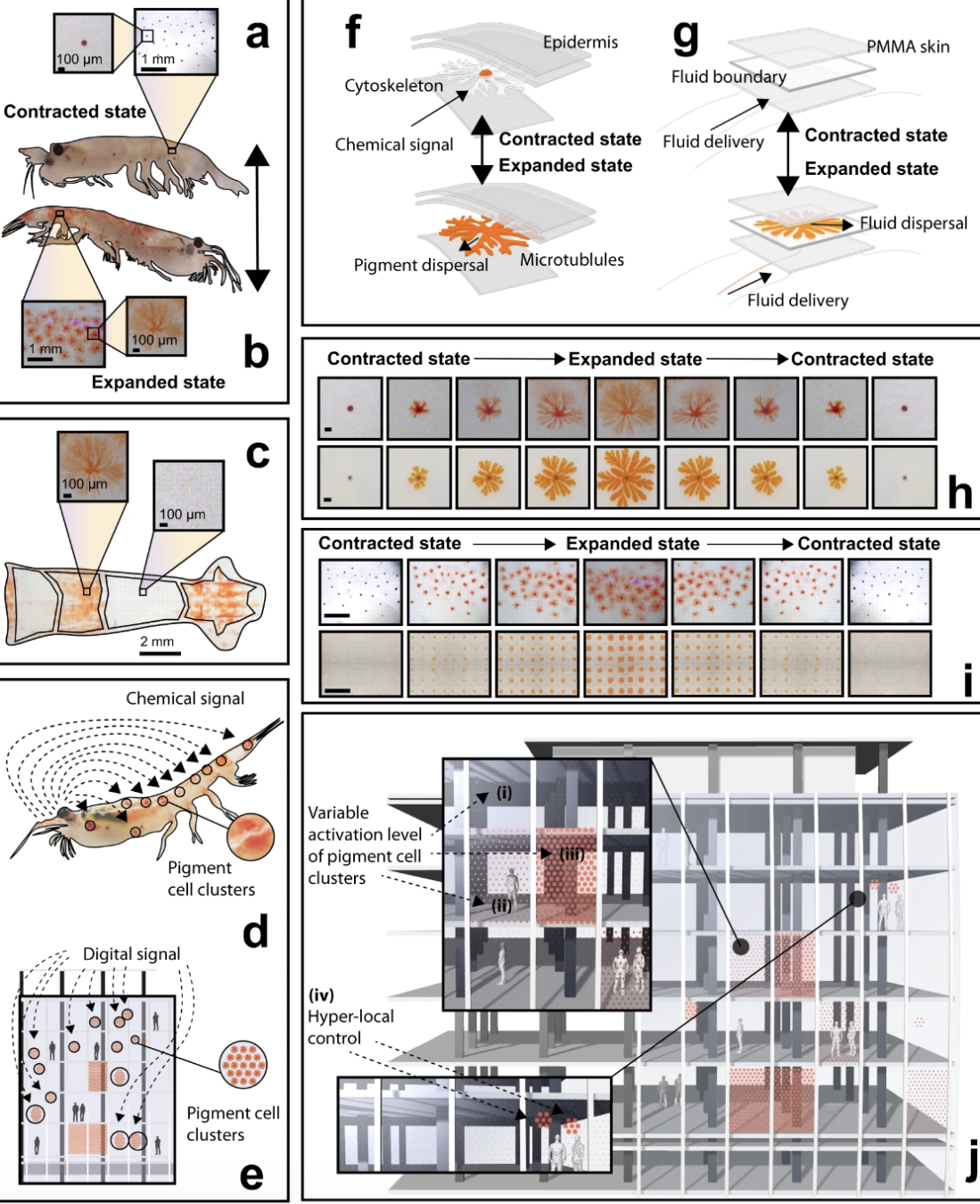Bloomberg discuss the krill revolution; could building's windows be designed to adpat
we'd particularly love to here of anyone scaling photosynthesis solutions; it seems to us but from 1 accident to timing (eg Einstein furious with himslef for early publication of nuclear research) , photosynthesis races would have got as much gov r&D sponsorship as atimoc races chris.macare@yahoo.co.uk
The Einstein Letter That Started It All; A message to President Roosevelt 25 Years ago launched the atom bomb and the Atomic Age.
Nov 23, 2011 — Einstein sought to control nuclear weapons and to develop institutions such as the UN that he believed could lead to peace.
krill inspired research
In a recent paper published in Nature, a group of University of Toronto researchers propose adapting an HVAC technique from Antarctic krill, which use pigments stored in their skin to protect themselves from the sun. They’re developing a product that could do something similar for building facades. In the US, 40% of all greenhouse gas emissions come from buildings and their associated heating, cooling and lighting systems.
“If we could learn from biological organisms that keep their ‘indoor environments’ comfortable much, much more efficiently using techniques that they've evolutionarily developed over millions of years, maybe we could make our built infrastructure at least a fraction as efficient,” says Raphael Kay, the lead author on the paper and now a research fellow at Harvard’s school of engineering.
Krill store sacs of pigment in their skin that allow them to instantly change color from white to orange, acting like highly responsive curtains. “When they sense that the sunlight level is too high,” says Kay, “they will send a signal from the brain to these tiny little dots of pigment, saying, ‘Un-clump yourself,’ basically.”

Credit: Nature Communications
Kay and his team want to apply this principle to buildings by making windows filled with two types of fluid: one that absorbs sunlight, and another that allows it pass through.

No comments:
Post a Comment